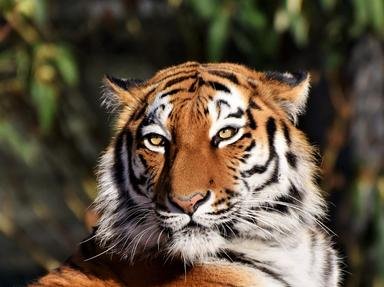
A Feline Festival Trivia Quiz
If you love wild cats, this quiz will allow you to test your knowledge of these beautiful animals. All yu have to do is match each description with the cat it refers to.
This is a renovated/adopted version of an old quiz by author jhannath
A matching quiz
by LadyNym.
Estimated time: 3 mins.